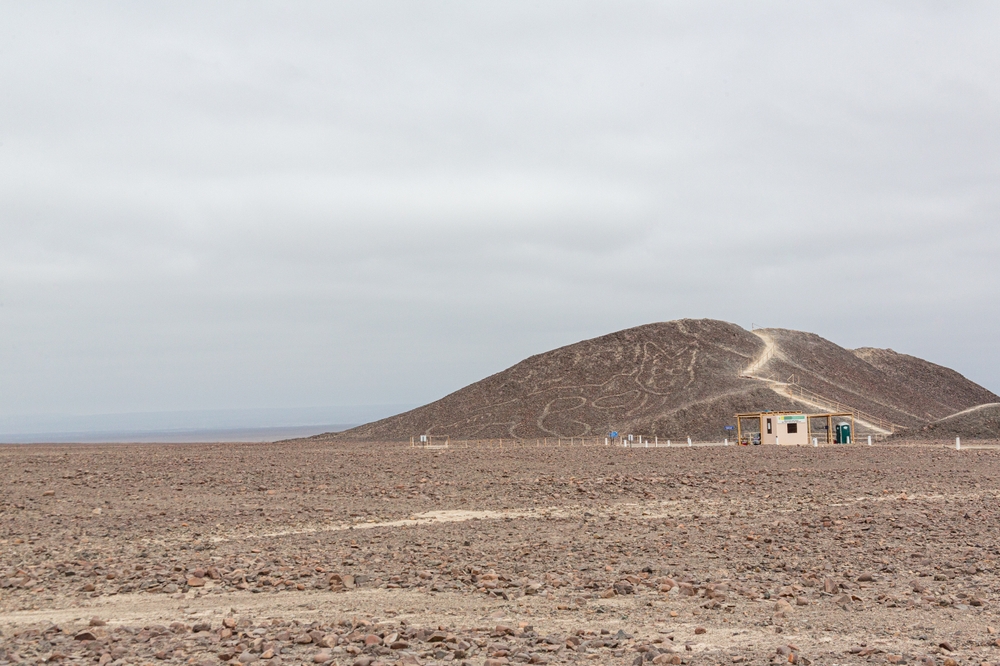In a quiet corner of southern Peru, archaeologists stumbled upon a remarkable find that had been hiding in plain sight for more than two millennia. During routine maintenance and conservation efforts within the Nazca Lines heritage zone, a massive cat figure carved into a desert hillside emerged from obscurity. This 2,000-year-old geoglyph, measuring approximately 37 meters in length, adds a new chapter to the story of one of the world’s most enigmatic archaeological landscapes.
The feline figure, with clearly defined ears, a rounded body, and a long striped tail, had almost vanished due to erosion and natural wear. It was only through careful cleaning and excavation that the figure was brought back to view. The rediscovery, officially announced in 2020 by Peru’s Ministry of Culture, captivated the global archaeological community and cat lovers alike.
Uncovering the Ancient Feline

The geoglyph was found on a steep slope within the Nazca Lines reserve, an area already famous for its giant and mysterious desert drawings. This particular image had been nearly erased by the passage of time, its outline faint and obscured by loose rock and sand. According to archaeologists on site, the carving likely remained hidden due to its isolated location and vulnerable terrain.
Specialists used conservation techniques that included removing debris and defining the shallow trenches that formed the outline. These lines, ranging from 30 to 40 centimeters in width, run with a precision that reflects ancient craftsmanship. Once cleared, the lines revealed a cat facing forward with its head turned sideways, a posture that mirrors feline figures seen in ceramic and textile motifs from the region.
